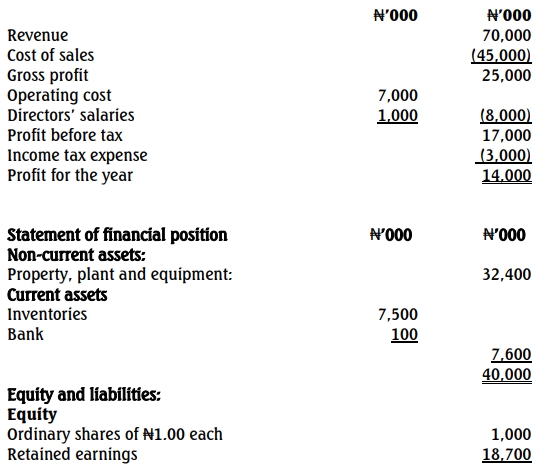- 5 Marks
MA – Nov 2024 – L2 – Q4b – Standard Costing and Variance Investigation
Explanation of the use of standard costing in decision-making and key factors to consider before investigating variances.
Question
Standard costing has been employed by organizations as a control technique to analyze the deviation of results from those that are expected.
Required:
i) Explain TWO ways managers have effectively deployed standard costing as a tool in decision-making analysis.
ii) Explain THREE key factors a manager should consider before deciding to institute an investigation into reported variances.
Find Related Questions by Tags, levels, etc.
- Tags: Cost Control, Performance Evaluation, Standard Costing, Variance Analysis
- Level: Level 2
- Topic: Standard Costing and Variance Analysis
- Series: Nov 2024









